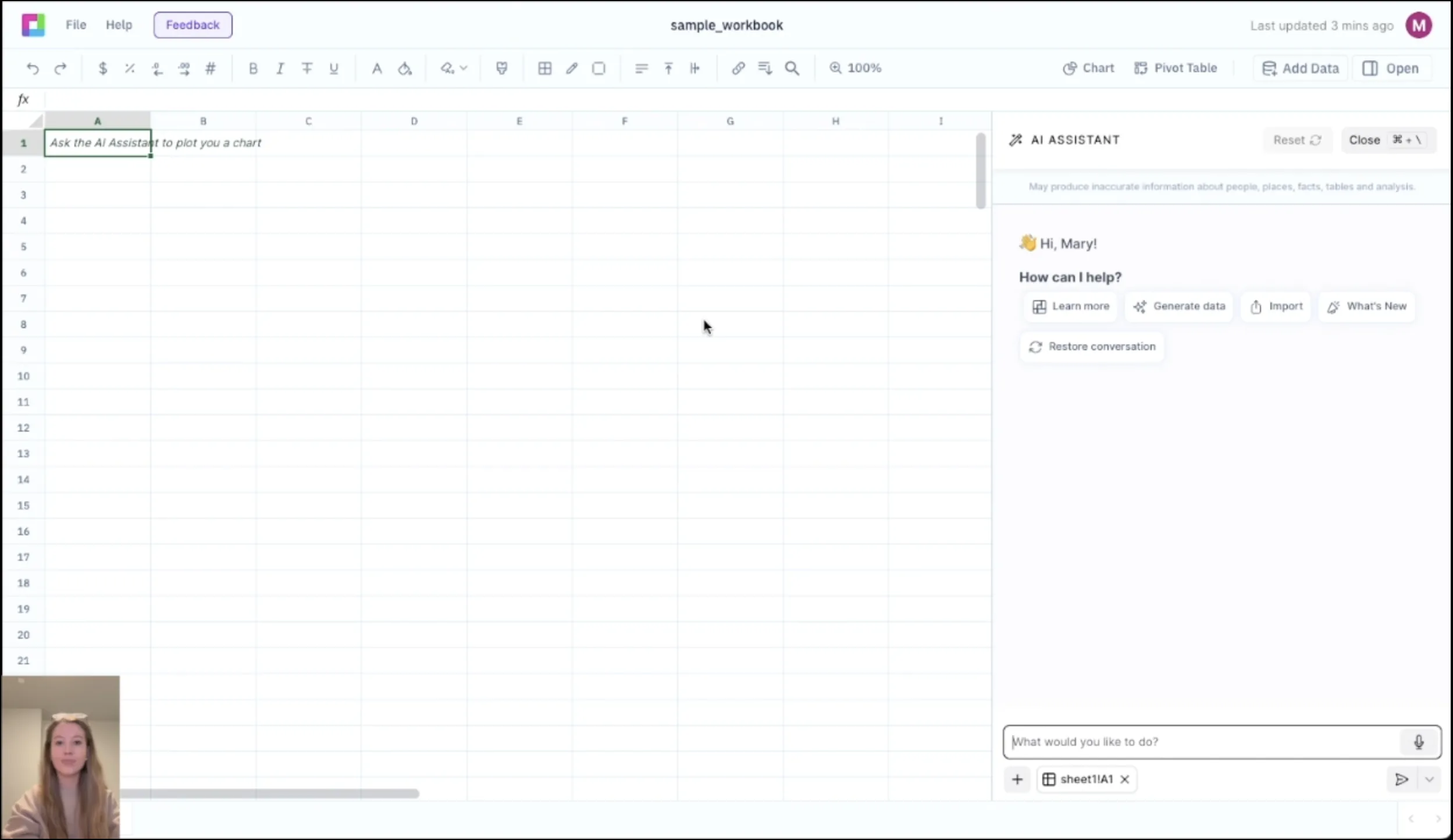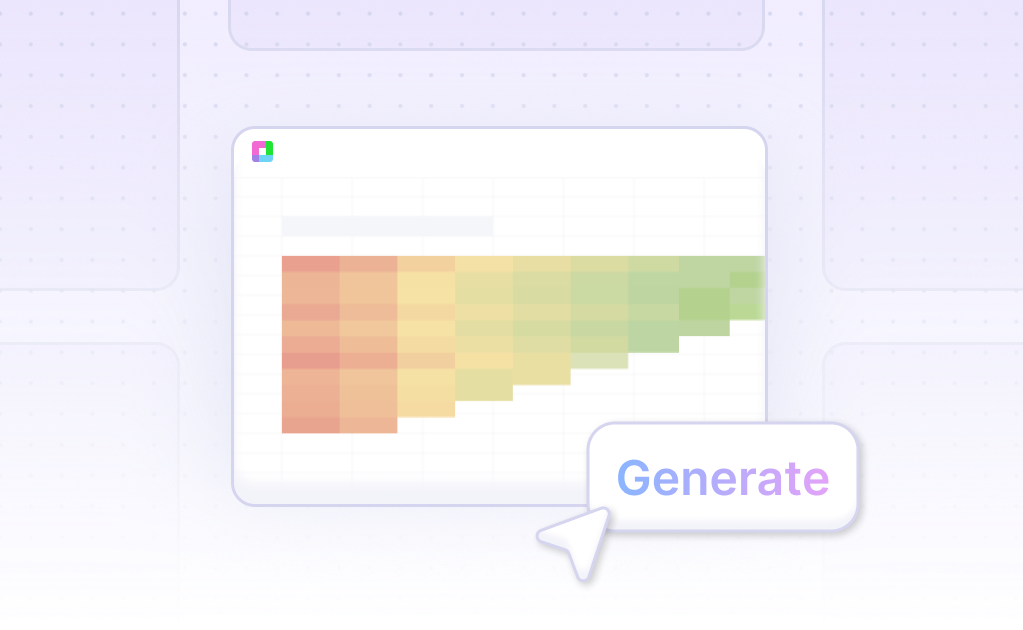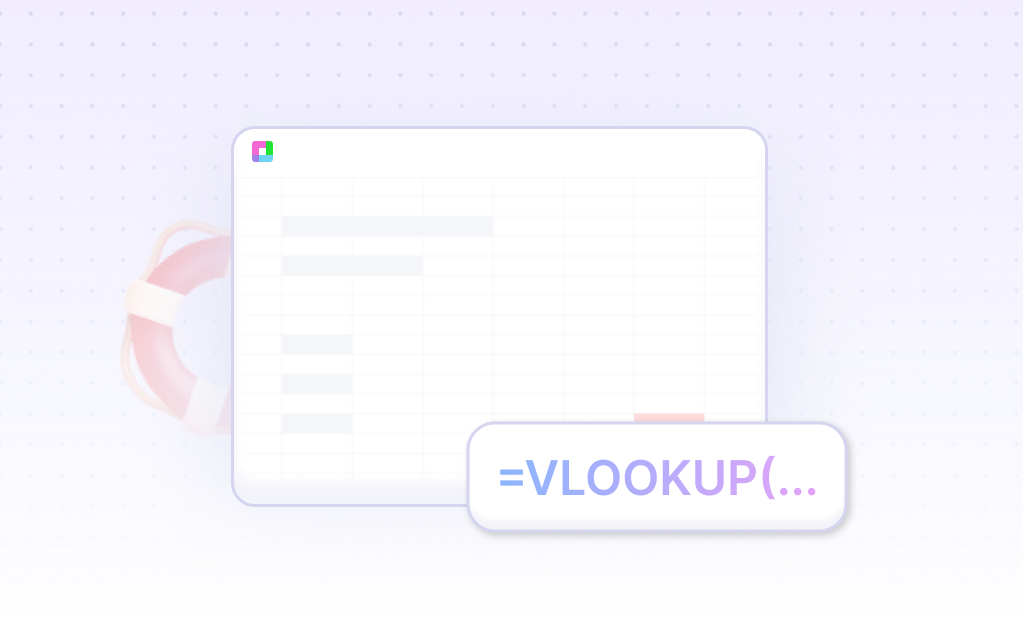
Master Time Series Analysis for Accurate Forecasting and Insights
Time series analysis is essential for understanding temporal patterns, identifying trends, and making accurate forecasts. Our Time Series Analysis Template provides comprehensive tools to analyze sequential data, decompose patterns, implement forecasting models, and generate reliable predictions for business planning.
From trend analysis to seasonal forecasting, master every aspect of time series modeling. Built for analysts, forecasters, and data scientists, this template helps you uncover temporal patterns, predict future values, and make informed decisions based on historical data.
Comprehensive Time Series Decomposition & Pattern Analysis
Trend Analysis & Identification
Identify and analyze long-term trends in time series data using moving averages, linear regression, and polynomial fitting. Detect trend changes, growth rates, and directional patterns over time.
Seasonal Decomposition
Decompose time series into trend, seasonal, and residual components. Analyze seasonal patterns, cyclical behavior, and irregular variations to understand underlying data structure.
Stationarity Testing
Test for stationarity using statistical tests and visual analysis. Transform non-stationary data through differencing, detrending, and seasonal adjustment for proper modeling.
Autocorrelation Analysis
Analyze autocorrelation and partial autocorrelation functions to understand data dependencies and lag relationships. Identify appropriate model parameters for ARIMA and other time series models.
Advanced Forecasting Models & Prediction Techniques
Exponential Smoothing Methods
Implement simple, double, and triple exponential smoothing (Holt-Winters) methods for different data patterns. Optimize smoothing parameters and generate forecasts with confidence intervals.
ARIMA Modeling
Build AutoRegressive Integrated Moving Average (ARIMA) models for sophisticated time series forecasting. Determine model order, estimate parameters, and validate model performance.
Seasonal Forecasting
Implement seasonal forecasting methods including seasonal ARIMA and seasonal decomposition approaches. Handle multiple seasonal patterns and complex seasonal variations.
Forecast Evaluation & Validation
Evaluate forecast accuracy using metrics like MAE, RMSE, MAPE, and AIC. Perform out-of-sample testing, cross-validation, and residual analysis to assess model performance.
Frequently Asked Questions
What types of time series data can it analyze?
The template works with various time series data including sales data, financial prices, website traffic, weather data, and any sequential data with time stamps. It handles daily, weekly, monthly, and quarterly data.
How does it handle missing values in time series?
The template includes methods for handling missing values including interpolation, forward fill, backward fill, and seasonal average imputation. It provides guidance on the best approach for different scenarios.
Can it detect structural breaks in data?
Yes, the template includes tools for detecting structural breaks and regime changes in time series data. It can identify change points and adjust models accordingly.
Does it support multivariate time series?
The template includes basic multivariate analysis capabilities and can analyze relationships between multiple time series. It supports vector autoregression (VAR) modeling for related series.
How accurate are the forecasts?
Forecast accuracy depends on data quality, pattern consistency, and model selection. The template provides accuracy metrics and validation techniques to assess and improve forecast performance.
Related Time Series Tools
Connect your most-used data sources and tools to Sourcetable for seamless analysis.
Frequently Asked Questions
If you question is not covered here, you can contact our team.
Contact Us





